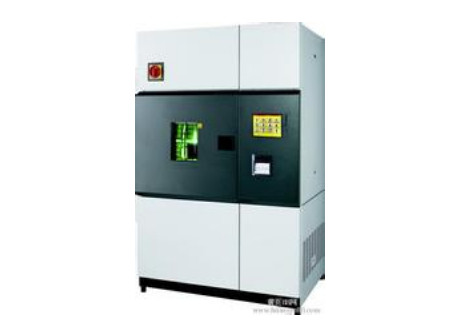
NewsInformation Center
Key Parameters for Evaluating Material Performance in Xenon Lamp Aging Tests
2023/07/07
The key parameters for evaluating material performance in xenon lamp aging test can be divided into the following areas:


1. Weathering performance parameters:
a. Chromaticity measurement: The color stability of the material is evaluated by measuring the change in the color of the material, such as chromaticity coordinates and color difference values.
b. Glossiness measurement: measure the glossiness of the material surface and assess the degree of surface deterioration of the material.
c. Mass loss rate: Measure the percentage of mass loss of the material, such as weight loss, thickness loss, etc., to assess the degree of aging of the material.
2. Mechanical property parameters:
a. Tensile strength and elongation at break: Measure the strength and ductility of the material in tension to assess the tensile properties of the material.
b. Bending strength and bending modulus: Measure the strength and stiffness of the material during bending to assess the bending resistance of the material.
c. Impact Strength: Measure the impact resistance of the material under impact loading to assess the toughness and impact resistance of the material.
3. Surface and structural parameters:
a. Surface morphology observation: Observe the morphological changes of material surface such as cracking, oxidation, delamination, etc. through microscope to assess the surface deterioration of the material.
b. Surface hardness measurement: Measure the change of hardness of the material surface to assess the wear resistance and scratch resistance of the material.
c. Microstructure analysis: Observe the microstructure changes of the material through microscope, scanning electron microscope, etc. to assess the crystal structure and fiber morphology of the material.
4. Chemical performance parameters:
a. Chemical composition analysis: Through chemical analysis methods, determine the composition changes of the material and assess the chemical stability of the material.
b. Functional evaluation: For application-specific materials, such as flame retardant materials, UV-protective materials, etc., the degree of retention of specific functions can be evaluated.
5. Other parameters:
a. Time-temperature dependence: Determine the material aging rate and life prediction by performing aging tests under different temperature and time conditions.
b. UV radiation dose: Measure the UV dose of the material under xenon lamp radiation to assess the resistance of the material to UV light.
c. Damp Heat Cycle Test: Combines high temperature and humidity environments to evaluate the stability of the material's performance under humid conditions.
These parameters are widely used in xenon lamp aging test to evaluate materials for weathering resistance, mechanical properties, surface and structural changes, chemical properties, etc. Depending on the specific material type and application area, suitable parameters can be selected for evaluation and interpreted and analyzed in conjunction with relevant standards and specifications. It is important to note that different materials and applications may have different evaluation requirements, so when performing xenon lamp aging tests, appropriate parameters and test methods should be selected according to the specific situation in order to accurately assess the change in material properties.
Previous: Performance analysis of fabric color fastness
N e x t : What does the luggage zipper test generally include?



